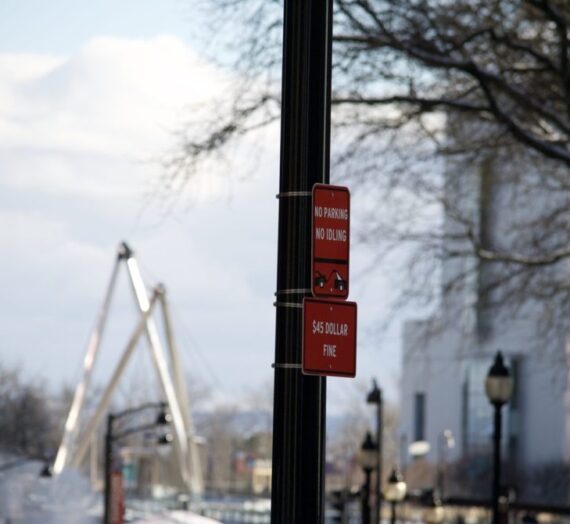
If you’ve been to one planning workshop, you’ve been to nearly them all. Typically, these are held in a meeting room with no windows. To an extent, we get why this happens. We live in a sedentary society that bristles at even temporary discomfort. That, and everyone always wants to use Powerpoint.
But is this the best way to solicit input from those who are using the streets, parks, and buildings under discussion for redesign? Barring weather extremes where participants might get heat stroke or frostbite, could we reconsider at least some of these venues?

For instance, if we are going to talk about what should happen with I-84, why not have walking excursions around different parts of the area in question — not on the interstate itself, but the surrounding land where rerouting might take place? If we are looking at improving the Bartholomew Avenue streetscape, why not set up stations along parts of the street to encourage people to give feedback about possible changes in the space where those changes might occur?

Why? For one, this means getting feedback from those who already use that area, if we’re talking about the second scenario. Sure, through promotion of the event, potential users and potential business owners might attend and weigh in, but the results would likely not be overloaded by those groups. Thus, we’re not designing for an imaginary audience. What the current, actual users want is taken into account. You could work to get the public into a room off-site, or, you could grab that input as people are using the area.
Secondly, if you have ever sat through such planning sessions, you know that at least one person (usually more) chimes in with ideas that are not fact-based. They might get away with such assertions in that windowless, disconnected conference room. But put them on that street, and, for instance, show them that biking/walking past a highway on/off ramp is terrifyingly dangerous or that there is ample parking and a road diet is needed.

If the conversation is about lighting improvements on a particular block, have the meeting indoors, but then take a quick field trip with the group down that block to assess to what degree this problem exists. What if participants are in wheelchairs or have kids? All the better to test that existing infrastructure to see if it fails or passes. Why allow the conversations to be largely theoretical and full of hearsay when they do not need to be?
This is not a novel idea. Up in Massachusetts, residents’ opinions were sought at the “Imaginary Tea Stop,” or what planners call a “data collection tool.” In plain language, booths were set up in vacant lots near the T Stations under discussion for transformation. People who would

naturally be using those areas were able to provide opinion right there. No need to go out of their way to talk about what changes should look like.
None of this is to suggest that talking to NRZ members at their own meetings is useless or that some of the habitually-used institutional spaces should be forsaken. We should not, however, feel married to such locations when other more appropriate alternatives exist.

Margo Lynn
Brilliant, especially when the meetings are scheduled at times inconvenient to the neighborhood or to the persons who would actually be affected. So many are late on the work day, and end before suppertime, therefore making it difficult for people who work (and might use the transit or bikeways as commuters) to participate. Catching them when they are actually using the area, even if the persons don’t provide direct input, would give useful information similar to when people with clickers stand at intersections or other locations and count people for various demographic reasons.